NORTH AMERICAN AVIATION T.6
HARVARD IV Taz
Harvard IV 1747 (G-BGPB) ‘Taz’ is an example of one of the most iconic training aircraft of all time, so much so that the type is often referred to as ‘the pilot maker'. The Harvard story really begins back in 1935 when North American Aviation, competing for a United States Army Air Corps contract, first flew a machine called the NA-16. This had fixed undercarriage and a 400hp Wright Whirlwind engine, but subsequent improvements to the design over the ensuing years led to the Harvard (also known as the T-6 Texan) being developed. The T-6 featured retractable undercarriage, a more powerful 600hp engine and the ability to carry weaponry. In this guise the T-6 was a huge success, with over 15,000 examples rolling off several production lines. Throughout the Second World War, the Harvard played a significant role in advanced pilot training across the US services and the Commonwealth. The type’s versatility and success extends far beyond this however, with the last military-registered example in the UK remaining in service until as late as 2016.
1747 was one of a batch of 285 Harvard IVs built by the Canadian Car Foundry at Fort William, Ontario in 1953 for the United States Air Force. With the serial 53-4619, the aircraft entered service with the USAF in Europe before being transferred to the West German Air Force in 1958 where it came on strength with the Flugzeugfuhrerschule (Pilot Training School) at Landsberg. The school closed 8 years later and the airframe was moved to a ground instructional unit. In due course it was acquired by the Portuguese Air Force who coded the Harvard as 1747, bringing it into service at Sao Jacinto Airfield. Here the aircraft was equipped with a wide variety of armament as part of its counter-insurgency role across many Portuguese territories of the time. In the late 1970s, 1747 was disposed of and was imported to the UK by Robs Lamplough and Alistair Walker, who registered the aircraft as G-BGPB.
Placed in a yellow Royal Canadian Air Force colour scheme, this Harvard was something of a mainstay on the airshow circuit in the 1980s, appearing with both the Harvard Duo and the Harvard Formation Team. After sale, G-BGPB was damaged in a landing accident in 1989 and subsequently acquired by the Aircraft Restoration Company who began a thorough rebuild of the aircraft in 1993. The restoration process took some 7 years in total, and in 2000 the aircraft emerged in an immaculate condition and took to the skies again, resplendent in her original Portuguese Air Force colour scheme – but with the addition of some endearing ‘Taz’ nose art.
1747 has been in much demand ever since, spending much time in the type’s original intended role as an advanced trainer – many of the Aircraft Restoration Company’s pilots have themselves cut their teeth flying ‘Taz’ prior to moving on to heavier piston types. The Harvard can be quickly converted into an air-to-air camera platform with the removal of the rear canopy and installation of a purpose-built cut-down rear fuselage - something that has been used in productions such as Bomber Crew, Waiting for Dublin and the 2010 Battle of Britain documentary (starring Ewan McGregor) to name but a few. In recent years, G-BGPB has also been used by our in-house photographer George Romain to obtain air to air imagery of much of the Aircraft Restoration Company’s fleet owing to this fantastic field of view. As well as being fully licensed to carry passengers, our Harvard also makes numerous airshow appearances throughout the season, with its striking paint scheme and rasping engine note catching the attention of crowds wherever it appears.





